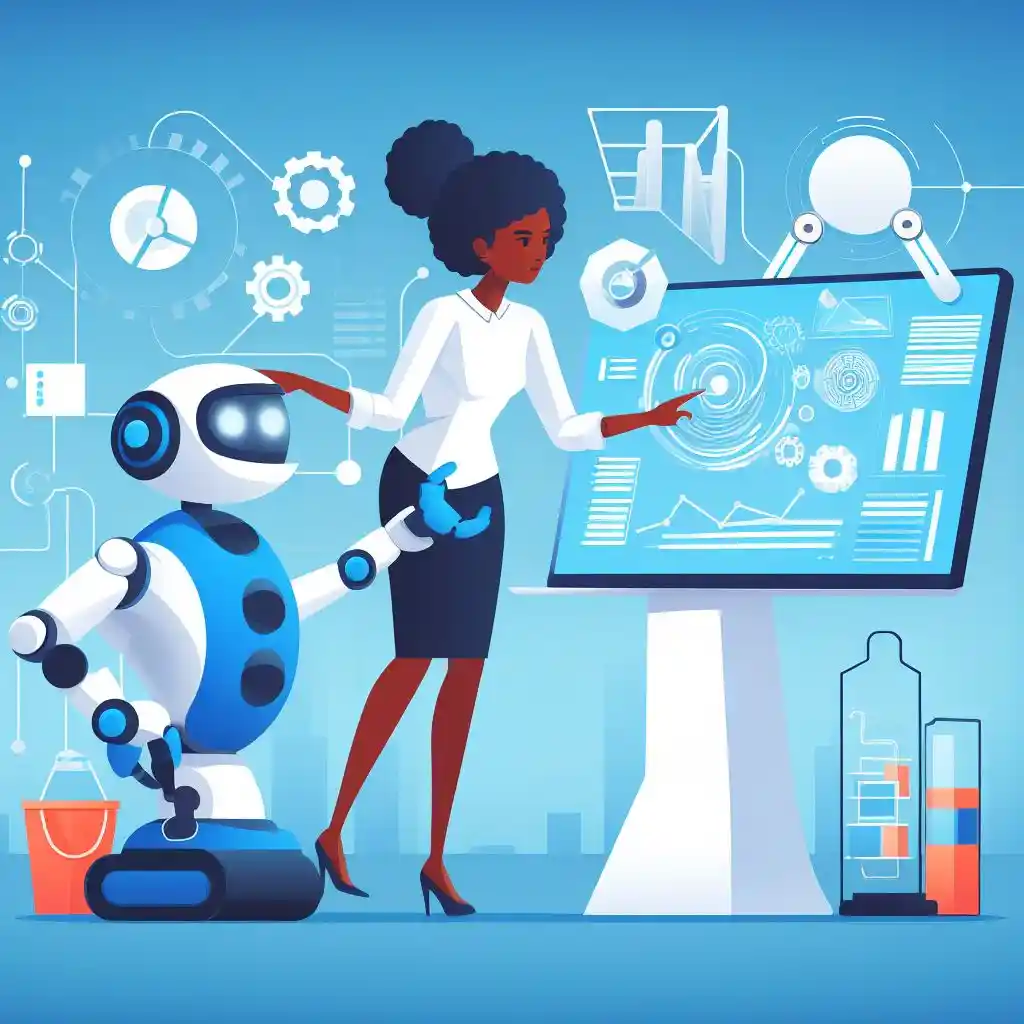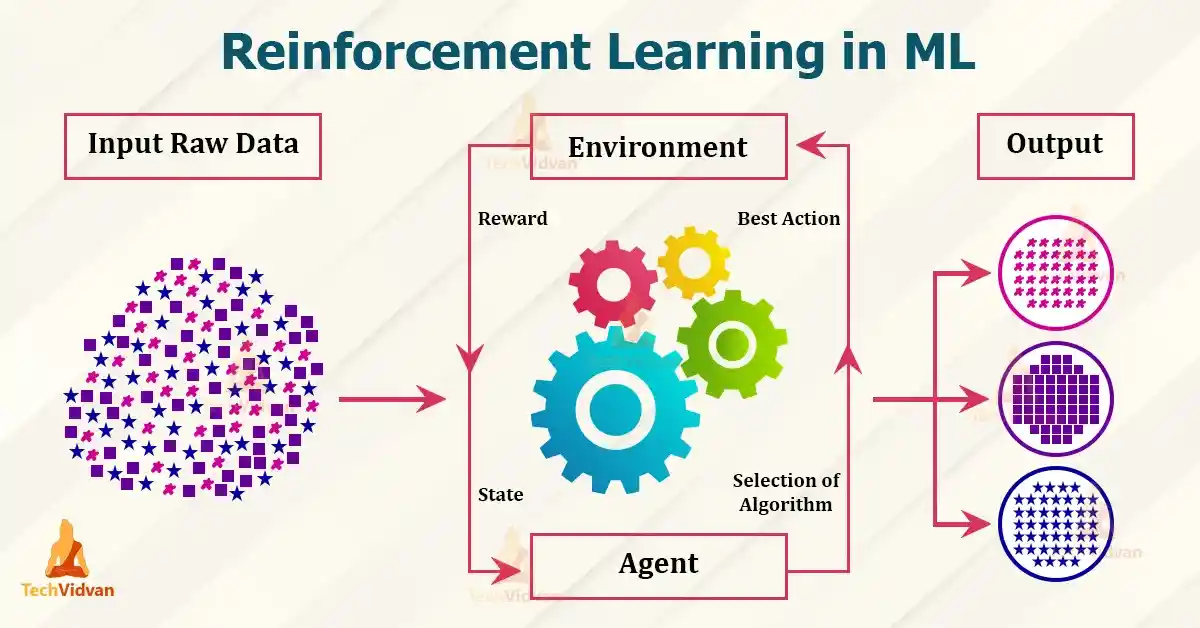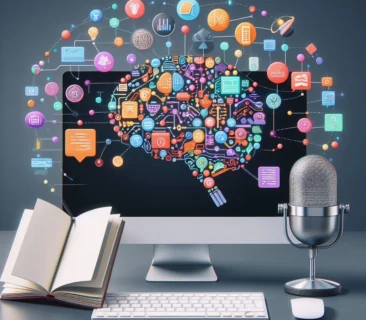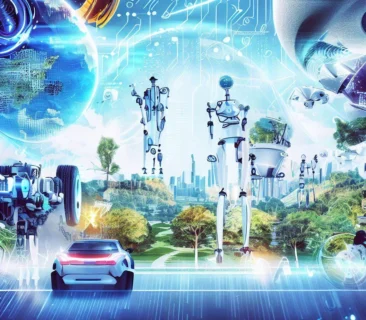
What is Reinforcement Learning ?
Reinforcement learning (RL) is a type of machine learning that allows an agent to learn how to behave optimally in an environment through trial and error. The agent receives rewards for taking actions that lead to its goal, and punishments for taking actions that lead away from its goal. The agent then learns to maximize its rewards by trying different actions and seeing which actions lead to higher rewards.
Why is Reinforcement Learning Important ?

Reinforcement learning is important because it has several advantages over other machine learning methods, including:
- Reinforcement learning can be used to solve complex problems, where the agent does not have access to an accurate model of the environment. For example, reinforcement learning can be used to train robots to walk in unstructured environments, or to develop agents that can play complex video games.
- Reinforcement learning can be used to solve problems where the agent needs to learn from its own experience, without being given explicit instructions on how to achieve its goal. For example, reinforcement learning can be used to train robots to perform new tasks, or to develop agents that can adapt to changes in the environment.
- Reinforcement learning can be used to develop agents that can learn from unlabeled data. Unlabeled data is data that does not have information about the desired output. For example, reinforcement learning can be used to train robots to navigate an environment using image data from the robot’s camera, or to develop agents that can recommend products to users using data about the users’ purchase history.
Applications of Reinforcement Learning

Here are some common examples of how reinforcement learning is applied:
- Robot control
- Games
- Financial management
- Logistics
Reinforcement learning can be used to train robots to perform a variety of tasks, such as walking, running, navigating complex environments, and manipulating objects. For example, reinforcement learning has been used to train robots to walk on uneven terrain, to fold towels, and to assemble furniture.
Reinforcement learning has been successfully used to develop agents that can play a variety of video games, such as Go, Dota 2, and StarCraft II, at a level of skill that is equal to, or even better than, the best human players. For example, in 2016, the AlphaGo agent developed by Google DeepMind defeated the world Go champion, Lee Sedol.
Reinforcement learning can be used to develop agents that can make optimal investment decisions, predict financial markets, and conduct automated trading. For example, reinforcement learning has been used to develop agents that can predict stock prices and conduct day trading.
Reinforcement learning can be used to develop agents that can optimize shipping routes, schedule production, and manage inventory. For example, reinforcement learning has been used to develop agents that can optimize shipping routes for e-commerce companies.
In addition, reinforcement learning can also be used in a variety of other AI tools, such as:
- Recommendation systems
- Chatbots
- Object detection systems
Reinforcement learning can be used to develop more personalized and accurate recommendation systems. For example, reinforcement learning can be used to develop product recommendation systems for online stores, or movie recommendation systems for streaming video services.
Reinforcement learning can be used to develop more intelligent and helpful chatbots. For example, reinforcement learning can be used to develop chatbots that can learn from user conversations and provide more relevant and accurate information.
Reinforcement learning can be used to develop more accurate and efficient object detection systems. For example, reinforcement learning can be used to develop object detection systems for self-driving cars, or tumor detection systems for medical devices.
How Does Reinforcement Learning Work ?

Reinforcement learning (RL) is a type of machine learning that allows an agent to learn how to behave optimally in an environment through trial and error. The agent receives rewards for taking actions that lead to its goal, and punishments for taking actions that lead away from its goal. The agent then learns to maximize its rewards by trying different actions and seeing which actions lead to higher rewards.
The four main components of reinforcement learning are:
- Agent: The agent is the entity that interacts with the environment and makes decisions to maximize its reward.
- Environment: The environment is the world in which the agent operates. The environment can be a physical environment, such as a robot learning to walk, or a simulated environment, such as a video game.
- Action: An action is something that the agent can do to interact with the environment.
- Reward: A reward is a signal given by the environment to the agent to indicate whether its action was good or bad.
The agent starts by choosing actions randomly and observing the rewards it receives. Then, the agent uses these rewards to update its policy, which is the rule that the agent uses to choose its next action. The goal of the agent is to find a policy that maximizes its reward in the long run.
The reinforcement learning cycle is as follows:
- The agent observes the current state of the environment.
- The agent chooses an action to take.
- The agent takes the action and observes the next state of the environment and the reward it receives.
- The agent updates its policy based on the reward it received.
- The agent goes back to step 1.
- This cycle repeats until the agent finds a policy that maximizes its reward in the long run.
Reinforcement Learning Algorithms

There are many different reinforcement learning algorithms, each with its own strengths and weaknesses. Some of the most common reinforcement learning algorithms are:
- Q-learning
- SARSA
- Policy gradients
- Actor-critic
- Deep reinforcement learning
Q-learning is a simple and efficient reinforcement learning algorithm. Q-learning works by updating the Q-value function, which stores the Q-value for every state-action pair. The Q-value indicates how good an action is in a given state. The agent updates the Q-value function based on the reward it received and the Q-value for the next state.
SARSA is a reinforcement learning algorithm that is similar to Q-learning, but SARSA updates the Q-value function based on the reward it received and the Q-value for the next state and the next action.
Policy gradients are a reinforcement learning algorithm that directly updates the agent’s policy based on the reward it received. Policy gradients are more complex than Q-learning and SARSA, but they can learn to solve complex problems more quickly.
Actor-critic is a reinforcement learning algorithm that combines elements of Q-learning and policy gradients. Actor-critic has an actor that explores the environment and chooses actions, and a critic that evaluates the actor’s actions and updates the policy.
Deep reinforcement learning is a reinforcement learning algorithm that uses neural networks to represent the Q-value function or the agent’s policy. Deep reinforcement learning can be used to solve more complex problems than traditional reinforcement learning algorithms, but it requires more data to learn.
Limitations of Reinforcement Learning

Reinforcement learning (RL) is a powerful machine learning method, but it also has some limitations and drawbacks. These include:
- Data requirements: RL agents need to explore the environment and try different actions to find the optimal policy. This can require a lot of time and data, especially for complex problems.
- Exploration-exploitation trade-off: RL agents need to explore the environment to find new states and actions that may lead to higher rewards. However, they also need to exploit the knowledge they have learned to maximize their rewards in the short term. Finding the right balance between exploration and exploitation can be challenging.
- Feature sensitivity: The performance of RL agents is highly dependent on the features used to represent the environment state. If the features chosen are not relevant or complete, the agent will have difficulty learning the optimal policy.
- Convergence problems: RL agents do not always converge to the optimal policy. This can be caused by a variety of factors, such as the complexity of the problem, the RL algorithm used, and the hyperparameters chosen.
RELATED POSTS
View all



